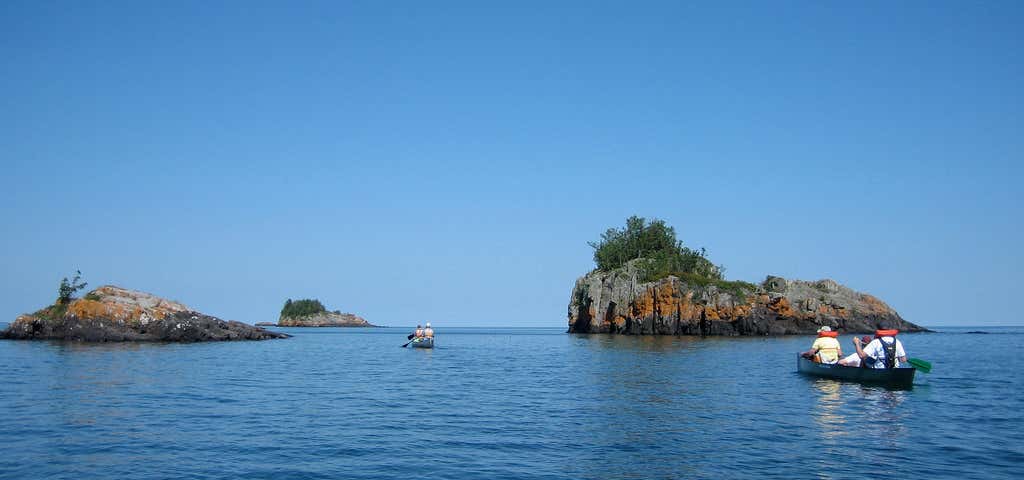“stunning ecological diversity spread across 15 islands”
Established in 2003, Gulf Islands National Park Reserve safeguards a portion of British Columbia's beautiful southern Gulf Islands archipelago. These islands are representative of the Strait of Georgia Lowlands, one of the most ecologically at risk natural regions in southern Canada. This small park reserve includes thirty-six square kilometres of land and marine area on fifteen islands, numerous islets and reefs which provide valuable habitat for seals and nesting shorebirds. Additionally twenty-six square kilometres of submerged lands are also administered for national park purpose. Gulf Islands National Park Reserve is the 40th National Park in a system of 43 parks and park reserves across Canada. Located in British Columbia's Gulf Islands, it covers 33 square kilometres (13 sq mi) over 16 islands. It also includes numerous islets and reef areas. Nurtured by a unique Mediterranean climate, Gulf Islands National Park Reserve supports a stunning diversity of rare bird, plant, and marine life spread across 15 islands and innumerable islets and reefs in the northern reaches of the inland Salish Sea. There’s no gate or interpretive center at this national park reserve: Much of the nearly 9,000-acre park is spread over 270 square miles of sheltered ocean separating mainland Vancouver from the city of Victoria on Vancouver Island, and some of it is under water. Much of the park is located on the bigger southern Gulf Islands, including Saturna, North and South Pender, and Mayne. The abundant marine life, climate, and physical beauty of this archipelago—protected in the rain shadow of two mountain chains—have attracted people for more than 5,000 years. First were the Coast Salish, thriving on the bountiful shellfish, plants, and game; Spanish explorers followed, adding their names on waterways and islands. The British joined the Hawaiians and other Europeans as pioneer farmers, clearing great swaths of the forest to plant apple orchards and graze sheep. The latest wave of settlers—mostly artists, seasonal cottagers, and retirees—have created enormous new development pressures across the southern Gulf Islands in the later part of the 20th century and into the 21st, threatening the endangered ecosystems found only in this microclimate, including the multitude of rare life-forms associated with the meadows and rocky outcrops occupied by the Garry oak, British Columbia’s only native oak. The demand for waterfront property has also threatened the last critical habitats for fish, seals, sea lions, and killer whales. In 2003, Canada’s federal government gathered together a patchwork of existing ecological reserves, provincial parks, and newly acquired lands under the banner of a national park reserve. The park reserve remains a work in progress, with new acquisitions ongoing. There is regular car/passenger ferry service (BC Ferries) to the larger southern Gulf Islands throughout the year from Swartz Bay (near Victoria) and the Tsawwassen ferry terminal accessible from Vancouver. The rest of the parklands and marine protected waters open to the public are only reachable via private means—passenger ferry, water taxi, boat, or even kayak. The dry, warm season between June and early October is the best time for most activities in the park. Services and some park access are limited in the winter.
Reviews
Be the first to add a review to the Gulf Islands National Park Reserve.
/-123.447778,48.850556,14/300x172@2x?access_token=pk.eyJ1Ijoicm9hZHRyaXBwZXJzIiwiYSI6ImNsdjQ5N2VtZDA2bW8ycW13ZHAxeGhjbjkifQ.UIccpoAxc7g3BAuK4s9vjg)
Gulf Islands National Park Reserve
Hours
Problem with this listing? Let us know.
Has RV parking changed? Let us know.
-
Parking
-
Pets Allowed
-
Restrooms
-
Wifi
-
Wheelchair Accessible
-
Credit Cards Accepted
